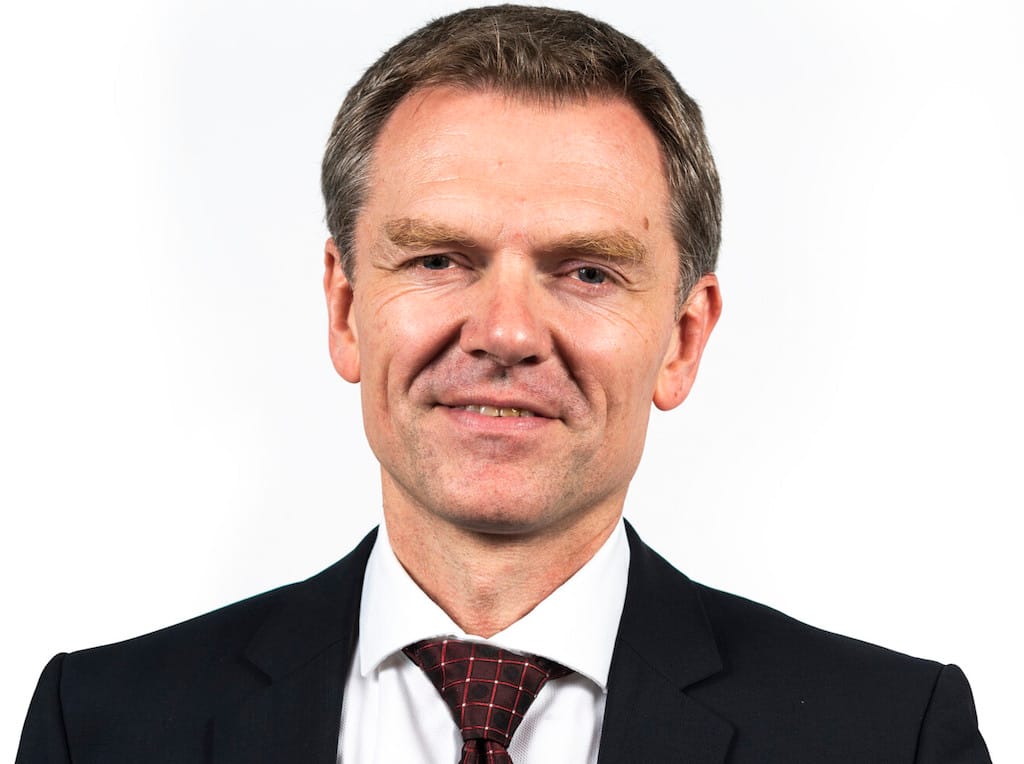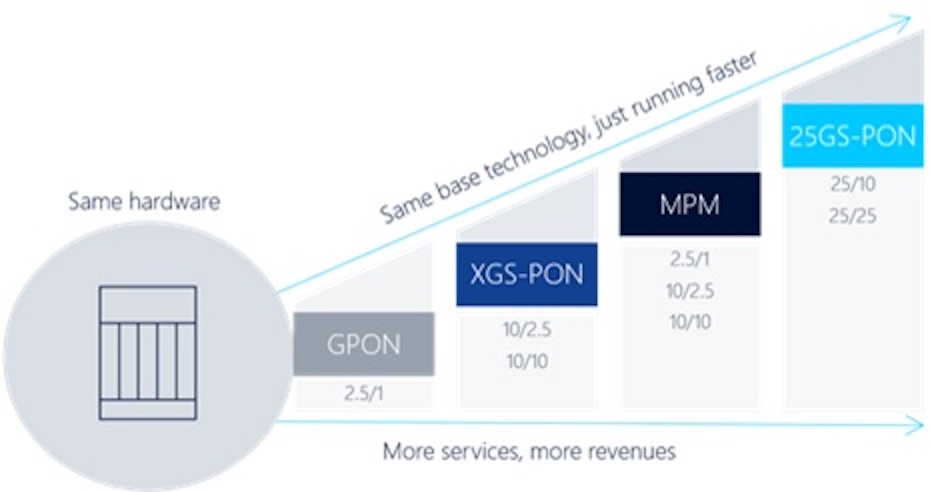Bjorn Capens: Strong Appetite for Rural Broadband Calls for Next Generation Fiber Technology
The first operator to bring fiber to a community creates a significant barrier to entry for competitors.
Broadband Breakfast

In July, the Biden-Harris administration announced another $401 million in funding for high-speed Internet access in rural America. This was just the latest in a string of government initiatives aimed at helping close the US digital divide.
These initiatives have been essential for encouraging traditional broadband providers, communities and utility companies to deploy fiber to rural communities, with governments cognizant of the vital role broadband connectivity has in sustaining communities and improving socio-economic opportunities for citizens.
Yet there is still work to do, even in countries with the most advanced connectivity options. For example, fixed broadband is missing from almost 30 percent of rural American homes, according to Pew Research. It’s similar in Europe where a recent European Commission’s Digital Divide report found that roughly 18 percent of rural citizens can only get broadband speeds of a maximum 30 Mb, a speed which struggles to cope with modern digital behaviors.
Appetite for high-speed broadband in rural areas is strong
There’s no denying the appetite for high-speed broadband in rural areas. The permanent increase in working from home and the rise of modern agricultural and Industry 4.0 applications mean that there’s an increasingly attractive business case for rural fiber deployments – as the first operator to bring fiber to a community creates a significant barrier to entry for competitors.
The first consideration, then, for a new rural fiber deployment is which passive optical network technology to use. Gigabit PON seems like an obvious first choice, being a mature and widely deployed technology.
However, GPON services are a standard offering for nearly every fiber broadband operator. As PON is a shared medium with usually up to 30 users each taking a slice, it’s easy to see how a few Gigabit customers can quickly max out the network, and with the ever-increasing need for speed, it’s widely held that GPON will not be sufficient by about 2025.
XGS-PON is an already mature technology
The alternative is to use XGS-PON, a more recent, but already mature, flavor of PON with a capacity of 10 Gigabits per second. With the greater capacity, broadband operators can generate higher revenues with more premium-tier residential services as well as lucrative business services. There’s even room for additional services to run alongside business and residential broadband. For example, the same network can carry traffic from four G and five G cells, known as mobile backhaul. That’s either a new revenue opportunity or a cost saving if the operator also runs a mobile network.
This convergence of different services onto a single PON fiber network is starting to take off, with fiber-to-the-home networks evolving into fiber for everything, where homes, businesses, industries, smart cities, mobile cells and more are all running on the same infrastructure. This makes the business case even stronger.

Whether choosing GPON or XGS-PON, the biggest cost contributor is the same for both: deploying fiber outside the plant. Therefore, the increased cost of XGS-PON over GPON is far outweighed by the capacity increase it brings, making XGS-PON the clear choice for a brand-new fiber deployment. XGS-PON protects this investment for longer as its higher capacity makes it harder for new entrants to offer a superior service.
It also doesn’t need to be upgraded for many years, and when it comes to the business case for fiber, it pays to take a long-term view. Fiber optic cable has a shelf-life of 75 or more years, and even as one increases the speeds running on fiber, that cable can remain the same.
Notwithstanding these arguments, fiber still comes at a cost, and operators need to carefully manage those costs in order to maximize returns.
Recent advances in fiber technology allow operators to take a pragmatic approach to their rollouts. In the past, each port on a PON server blade could only deliver one technology. But Multi-PON has multiple modes: only GPON, only XGS-PON or both together. It even has a forward-looking 25G PON mode.
This allows an operator to easily boost speeds as needed with minimal effort and additional investment. GPON could be the starting point for fiber-to-the-home services, XGS-PON could be added for business services, or even a move to 25G PON for a cluster of rural power users, like factories and modern warehouses – creating a seamless, future-proof upgrade path for operators.
The decision not to invest in fiber presents a substantial business risk
Alternatively, there’s always the option for a broadband operator to stick with basic broadband in rural areas and not invest in fiber. But that actually presents a business risk, as any competitor that decides to deploy fiber will inevitably carve out a chunk of the customer base for themselves.
Besides, most operators are not purely profit-driven; they too recognize that prolonging the current situation in underserved communities is not great. High-speed broadband makes areas more attractive for businesses, creating more jobs and stemming population flows from rural to urban centers.
But rural broadband not only improves lives, but it also decreases the world’s carbon emissions both directly, compared to alternative broadband technologies, and indirectly by enabling online and remote activities that would otherwise involve transportation. These social and economic benefits of fiber are highly regarded by investors and stockholders who have corporate social responsibility high on their agendas.
With the uber-connected urban world able to adopt every new wave of bandwidth-hungry application – think virtual reality headsets and the metaverse – rural communities are actually going backwards in comparison. The way forward is fiber and XGS-PON.
Björn Capens is Nokia Fixed Networks European Vice President. Since 2017, Capens has been leading Nokia’s fixed networks business, headquartered in Antwerp, Belgium. He has more than 20 years of experience in the fixed broadband access industry and holds a Master’s degree in Electrical Engineering, Telecommunications, from KU Leuven. This piece is exclusive to Broadband Breakfast.
Broadband Breakfast accepts commentary from informed observers of the broadband scene. Please send pieces to commentary@breakfast.media. The views reflected in Expert Opinion pieces do not necessarily reflect the views of Broadband Breakfast and Breakfast Media LLC.










Member discussion